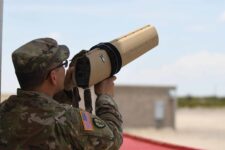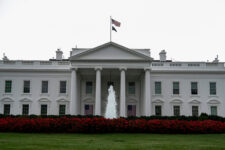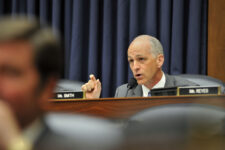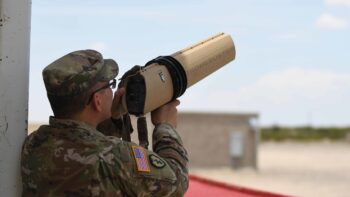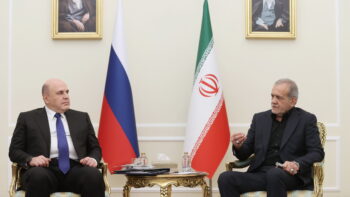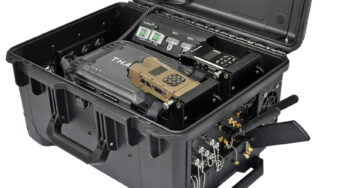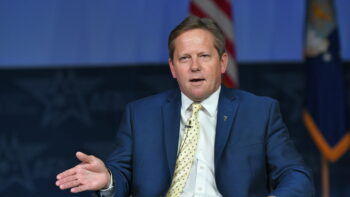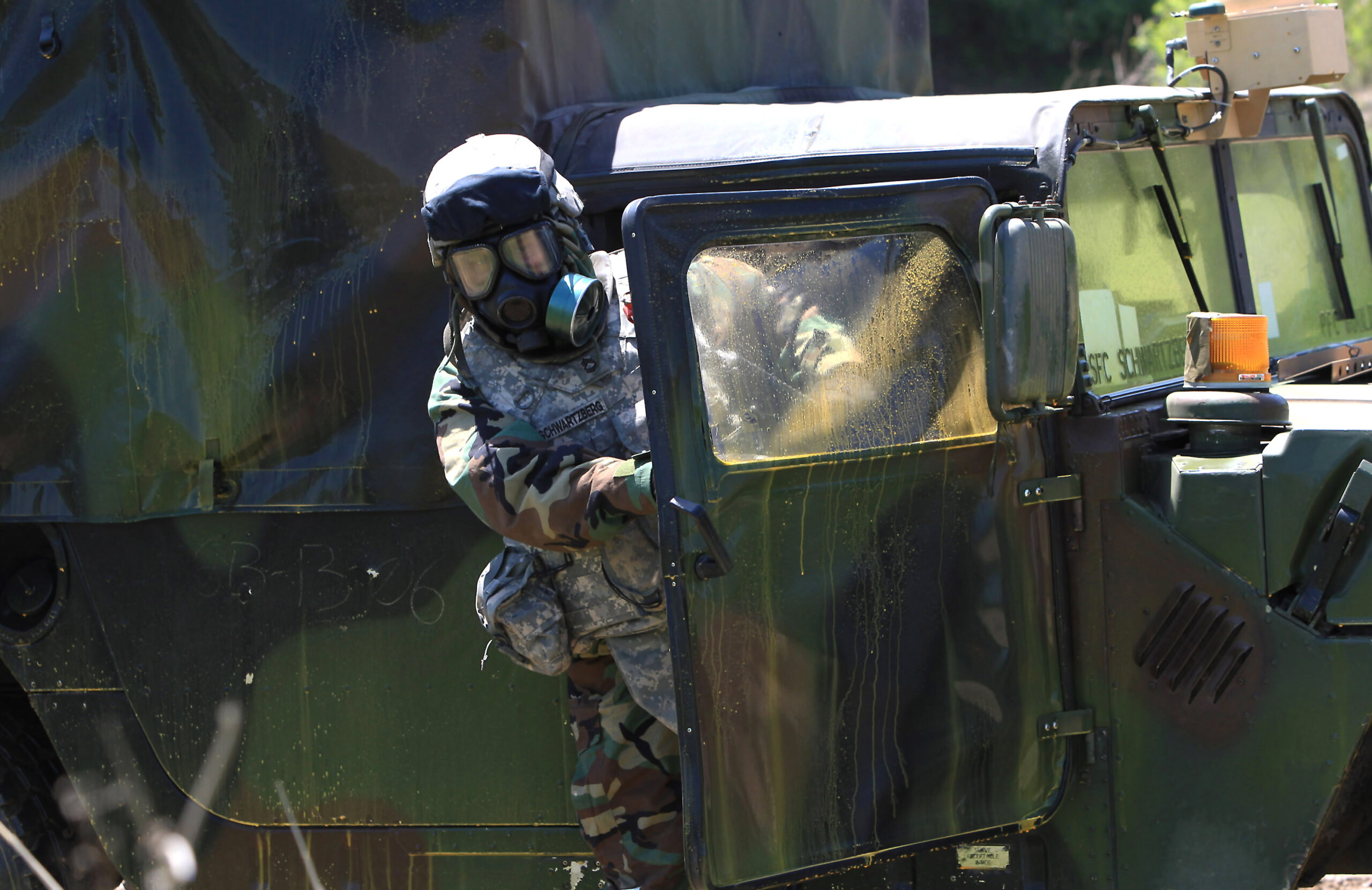
The national strategy for dealing with WMDs needs a major update. (Chung Sung-Jun/Getty Images)
OPINION: In 2002, the Bush administration released a National Strategy to Combat Weapons of Mass Destruction (WMD). This strategy took a military counterproliferation concept and turned it into a vehicle for guiding the federal government toward protecting the United States from nation-states and sub-state groups with WMD programs.
A lot has changed over twenty years, including the fact that the number of countries seeking to develop nuclear, biological, or chemical weapons has dropped from an estimated 25 countries in 2001 to less than 10 today. Meanwhile, the national security community remains split as to the actual purpose of counter-WMD strategy — is it as an adjunct to arms control activities, an aspect of deterrence operations, or to guide crisis response drills?
Yet the US has still held closely to the 2002 policy, even as the challenges have mutated. It’s well past time for the strategy to be replaced with something ready to face the realities of modern WMD concerns. The Biden administration has a unique opportunity to reset the discussion on how the US government addresses adversaries seeking to use unconventional weapons against US national security interests.
A first necessary step is having the White House define what a WMD is, given advances in technology and warfighting. Some US defense analysts seek to add high-yield explosives, pharmaceutical drugs, natural diseases, and cyber weapons to the WMD family in an effort to remain relevant to contemporary national security operations. These attempts would, however, dilute rather than reinvigorate defense policies addressing adversaries seeking WMD capabilities. In the wake of the pandemic, a significant number of people are suggesting that COVD-19 may be a catalyst for bioterrorism incidents, and that a general biodefense concept — addressing natural disease outbreaks, deliberate biological incidents, and accidental biological releases — is the only answer. If the US military is to develop discrete capabilities to counter nation-states armed with nuclear, biological, and chemical weapons, it must start with a national strategy that clarifies terms of reference and discrete responsibilities for federal government agencies.
But the biggest issue right now is that the US government does not have a strategy for countering China’s or Russia’s use of WMD on the battlefield, in regional conflicts, or in crises that fall below the threshold of conflict.
These are two nuclear-weapon states that have been accused of falling short on their obligations as signatories to the Chemical Weapons Convention and Biological Weapons Convention. If these major powers have active WMD programs, does the 2002 National Strategy to Combat WMD and the 2014 DoD Strategy to Counter WMD provide the guidance to counter these states? The answer is simply, no.
The existing strategies were only intended for small nation-states and violent extremist groups that sought WMD capabilities, adversaries that could be easily overcome with the US superiority of its conventional weapons. Given that, most defense analysts have studiously ignored the possibility that China and Russia might use WMD in confrontation with the United States and its partners, perhaps hoping that those states would only respond to future crises with lesser quantities of conventional weapons. Sure, the US government can continue to focus on the arms control aspects of these powers, but the US military does not have a concept of victory in facing China or Russia in a future conflict that includes WMD use. The next military strategy to counter WMD must focus on these strategic competitors and abandon its current threat-agnostic approach.
Now, who should take the lead on this issue? In the wake of COVID-19, many public health advocates and some defense analysts want to develop a new biological defense construct that directs the medical community to manage deliberate biological threats (meaning bioterrorism cases) as well as natural disease outbreaks. In all national preparedness discussions, we talk about who is responsible for prevention, protection, response, and recovery.
While it is true that, in the response phase to any biological crisis, the medical community is doing nearly all of the work, it would be a mistake to believe that this community should manage all biological threats under a single construct. The medical community is not the right agent to develop prevention or protection concepts for bioterrorism, biological weapons use, or laboratory biosecurity. The other option, putting natural disease outbreaks in a counter-WMD strategy, is just as bad, if not worse. These threats require different but coordinated approaches.
Talking about WMD issues today is challenging for two significant reasons — first, it’s a very technical discussion that has atrophied since the Cold War ended, given the lack of any WMD attacks against US military forces or the homeland. Few see it as a vital mission today. Second, there is no single agency responsible for overseeing and directing WMD policy in the US government, allowing State, Defense, Energy, Justice, Homeland Security, and Health and Human Services to all independently decide on what they think is a WMD and how they should align their resources against national policy objectives. As there has been no significant national review of WMD threats and policy development since 2002, the US government’s capability to address WMD crises has been reduced to ad hoc actions with no institutionalism of what worked.
We need to start with a clean sheet of paper to define what a WMD is today, address strategic competitors who may use WMD, and untangle the military’s biodefense program from public health efforts. Making this happen will require a top-level working group with representatives from across the government — never easy, but vital to avoid having each agency making up its own definition of WMD and acting accordingly.
If the proliferation of WMD is still considered a national security challenge, then this administration should provide clear terms of reference as to what WMD are, how it conceptualizes the contributions of federal executive agencies, and measures of effectiveness to assess whether the executive agencies have developed the right capabilities.
Only then should the Department of Defense develop its military concept to execute its unique responsibilities to protect US forces in future operating environments involving nuclear, biological, and chemical weapons.
Al Mauroni is the director of the US Air Force Center for Strategic Deterrence Studies and author of the upcoming book BIOCRISIS: Defining Biological Threats in US Policy. The opinions, conclusions, and recommendations expressed or implied within are those of the author and do not necessarily reflect the views of the Air University, US Air Force, or Department of Defense.
Pentagon homes in on counter-drone tech in Replicator 2 initiative
“The expectation is that Replicator 2 will assist with overcoming challenges we face in the areas of production capacity, technology innovation, authorities, policies, open system architecture and system integration, and force structure,” Defense Secretary Lloyd Austin said.
